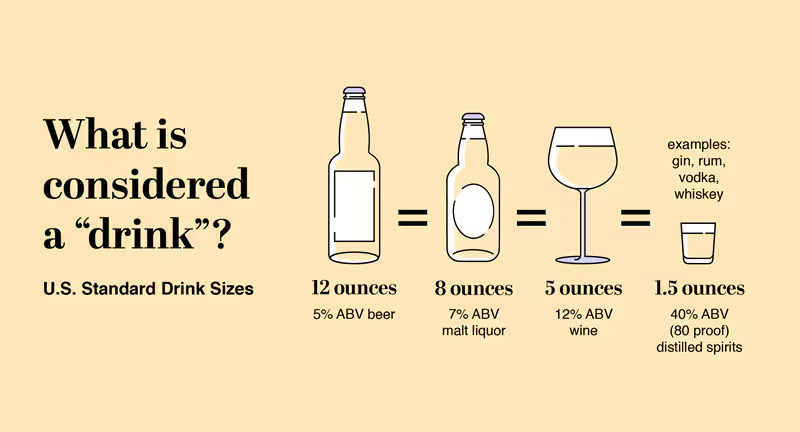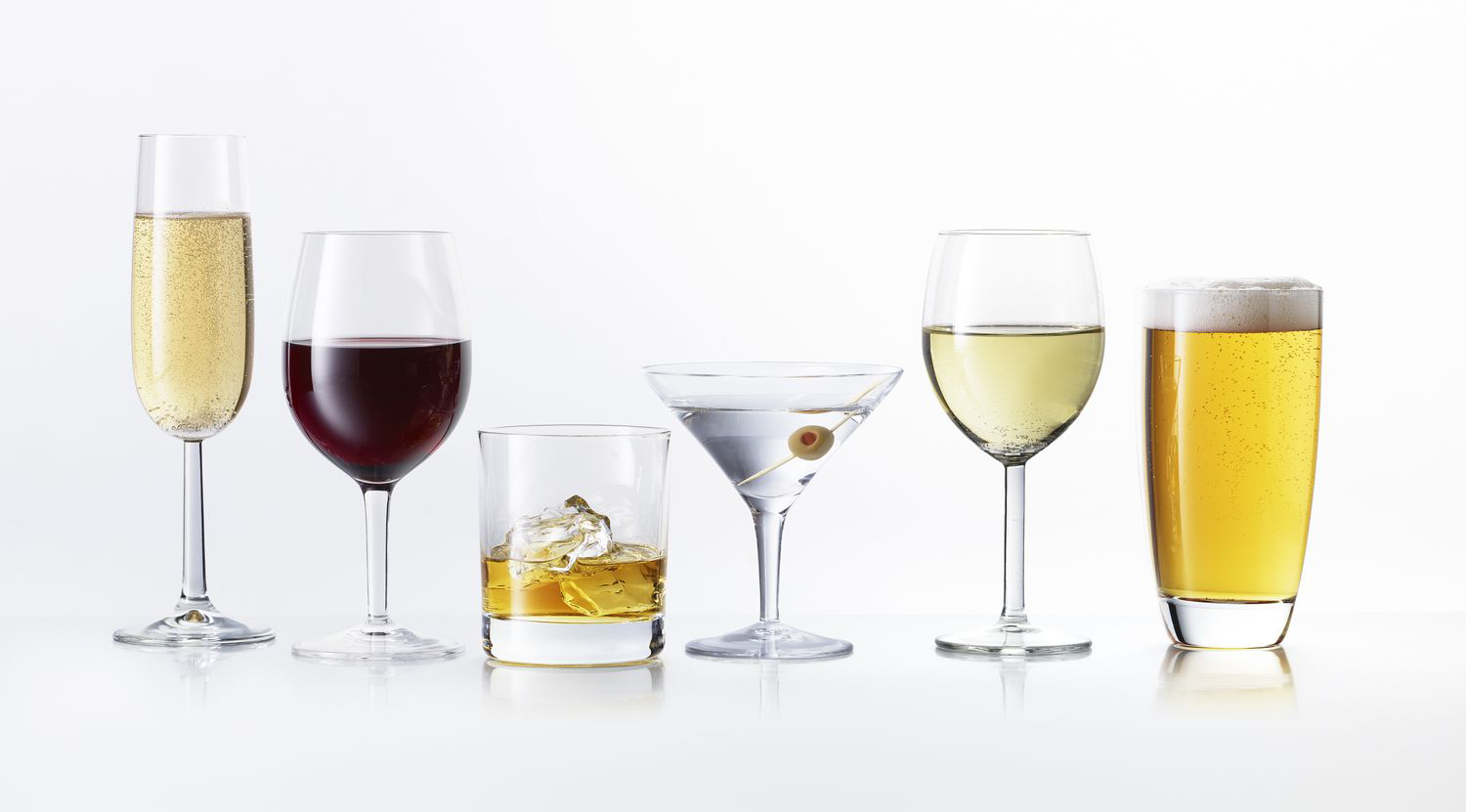Anyone with a deep appreciation for fine spirits or wines should understand alcohol proofs. While often associated with spirits and strong liquors, alcohol proof plays a significant role in determining the characteristics and quality of various beverages.
For spirits enthusiasts, knowing about alcohol proof provides context for the tasting experience and emphasizes the importance of responsible consumption. This guide from Served Neat will explain everything you need to know, including what alcohol proof means, how it is calculated, and its relevance to the spirits community.
What Is Alcohol Proof?

Alcohol proof is a standard measure of the alcohol content within a beverage. It represents twice the amount of alcohol by volume (ABV). For example, a 40 percent ABV spirit would show 80 proof on the label. Alcohol proof serves as a global indicator of alcohol strength. This measurement provides valuable insights for all alcohol categories, including wine. It allows enthusiasts to evaluate a drink’s overall potency and compare it with others.
How To Calculate Alcohol Proof
Calculating alcohol proof is a straightforward process. Simply multiply the ABV percentage by two. For instance, a bottle of whiskey labeled as 50 percent ABV would be 100 proof. Using proof offers consumers a universal standard for understanding the alcohol strength of beverages, ensuring consistency regardless of brand or origin.
Different countries may use varying systems to measure alcohol content, with some choosing to exclusively use ABV. However, in the United States, proof continues to be a relevant standard on labels, offering a simple yet informative metric for assessing alcohol strength.
What Does a “High Proof” Alcohol Mean?
High-proof alcohol refers to beverages with a significantly high alcohol content, often exceeding 100 proof or 50 percent ABV. These often include particular spirits, such as cask-strength whiskey or overproof rum. High-proof alcohol provides a more intense flavor profile but also requires greater care in consumption due to its potency.
For wine enthusiasts, high-proof wines are less common, but fortified options, such as port or sherry, fall into this category. These wines typically range from 16 percent to 20 percent ABV, offering a richer, more concentrated flavor. While high-proof beverages can deliver exceptional quality, their intensity emphasizes the importance of mindful enjoyment.
Proof Significance for Spirit Enthusiasts
For spirit enthusiasts, alcohol proof matters primarily for its impact on taste, body, and quality. For example, drinks with higher alcohol content tend to be fuller-bodied with intense flavors, while lower-alcohol bottles often exhibit lighter, more delicate notes. Understanding proof allows consumers to select spirits that align with personal preferences.
Additionally, proof can hint at the spirit-making process. Recognizing different proofs helps enthusiasts appreciate the artistry and craftsmanship behind their favorite bottles.
Which Alcohols Do and Don’t Measure Proof?
Not all alcoholic beverages display proof, as some regions or producers use ABV exclusively. Spirits, such as vodka, gin, whiskey, and rum, most commonly feature proof on their labels. This applies particularly to the United States, which uses proof as the recognized standard in the alcoholic beverage industry.
Proof measurements are less common for wine, leaving measurements at ABV more commonly. Most wines range between 9 percent and 16 percent ABV, with fortified wines reaching higher percentages. While proof may not be prominent on wine labels, understanding its calculation is still valuable for wine enthusiasts who want to deepen their knowledge.
Typical Proofs Per Alcohol Type
Alcohol proof varies significantly by type, reflecting the diverse production methods, cultural traditions, and consumer expectations for each category. For example, vodka and whiskey typically range between 80 and 100 proof due to their distillation processes, which concentrate alcohol content. However, some cask-strength options, which come straight from the barrel without dilution, can exceed 120 proof. Enthusiasts seeking bold, undiluted flavors often seek out these high-proof bottles.
Fortified wines, such as sherry or port, usually measure around 16 percent ABV, which translates to 32 proof. Makers often fortify these wines with distilled spirits to enhance their alcohol content and preserve their flavors.
Traditional table wines, which come from the fermentation of grapes, tend to fall between 18 and 28 proof (equivalent to 9 percent to 14 percent ABV), depending on the grape variety and production process. These ranges reflect the balance between natural sugars and yeast during fermentation.
Beer, which comes from fermentation brewing rather than distillation, rarely measures in proof and generally ranges from 4 percent to 8 percent ABV. Specialty or craft beers may occasionally exceed this range, offering more intense flavors and higher alcohol content. Keeping these ranges in mind can help enthusiasts better understand their options and select beverages that suit their tastes, occasions, or pairings.
Why Understanding Proof Is Important
Understanding proof equips wine and spirit enthusiasts with the tools to make informed decisions, select beverages tailored to their tastes, and deepen their appreciation of the craft. Proof influences a drink’s flavor and how it complements specific foods or occasions. By acknowledging the relationship between alcohol content and flavor experience, consumers gain a newfound ability to curate their enjoyment.
For collectors and connoisseurs alike, proof plays a further role in evaluating bottles for their value or aging potential. High-alcohol wines and spirits often retain their quality over time, while lower-proof options offer more subtle flavors and immediate experiences.
Health and Safety Considerations
Prioritize responsible consumption while exploring high-proof spirits or wines. High-alcohol beverages, given their strength, can have a more significant impact on the body if not enjoyed mindfully. Limiting consumption to appropriate serving sizes ensures the focus remains on savoring the unique nuances each sip offers.
Moderation is especially vital when enjoying fortified wines or cask-strength spirits. Familiarizing yourself with the proof of your beverage of choice allows you to gauge its potency effectively. This knowledge enhances the drinking experience and supports health-conscious decision-making.
Browse Various Proofs at Served Neat
Discovering the perfect bottle is an experience elevated by understanding alcohol proof. Whether searching for an intense cask-strength whiskey or other liquor, Served Neat offers a curated selection of premium liquors and spirits to suit every occasion.
Explore tasting notes, uncover hidden gems, and enrich your collection with confidence. Every bottle in our collection reflects the artistry and dedication behind exceptional beverages. Start your journey with Served Neat today and find your ideal match.
The concept of alcohol proof continues to provide value across the alcohol industry, helping consumers understand and appreciate their favorite drinks. It offers insights into a bottle’s character and quality. For liquor enthusiasts, proof serves as a stepping stone to appreciating the nuances of every pour.
With so much to explore, knowing more about alcohol proof and what it means amplifies the experience of fine wines and spirits. Begin your exploration at Served Neat and elevate your passion for luxurious beverages to the next level.


Leave a Reply